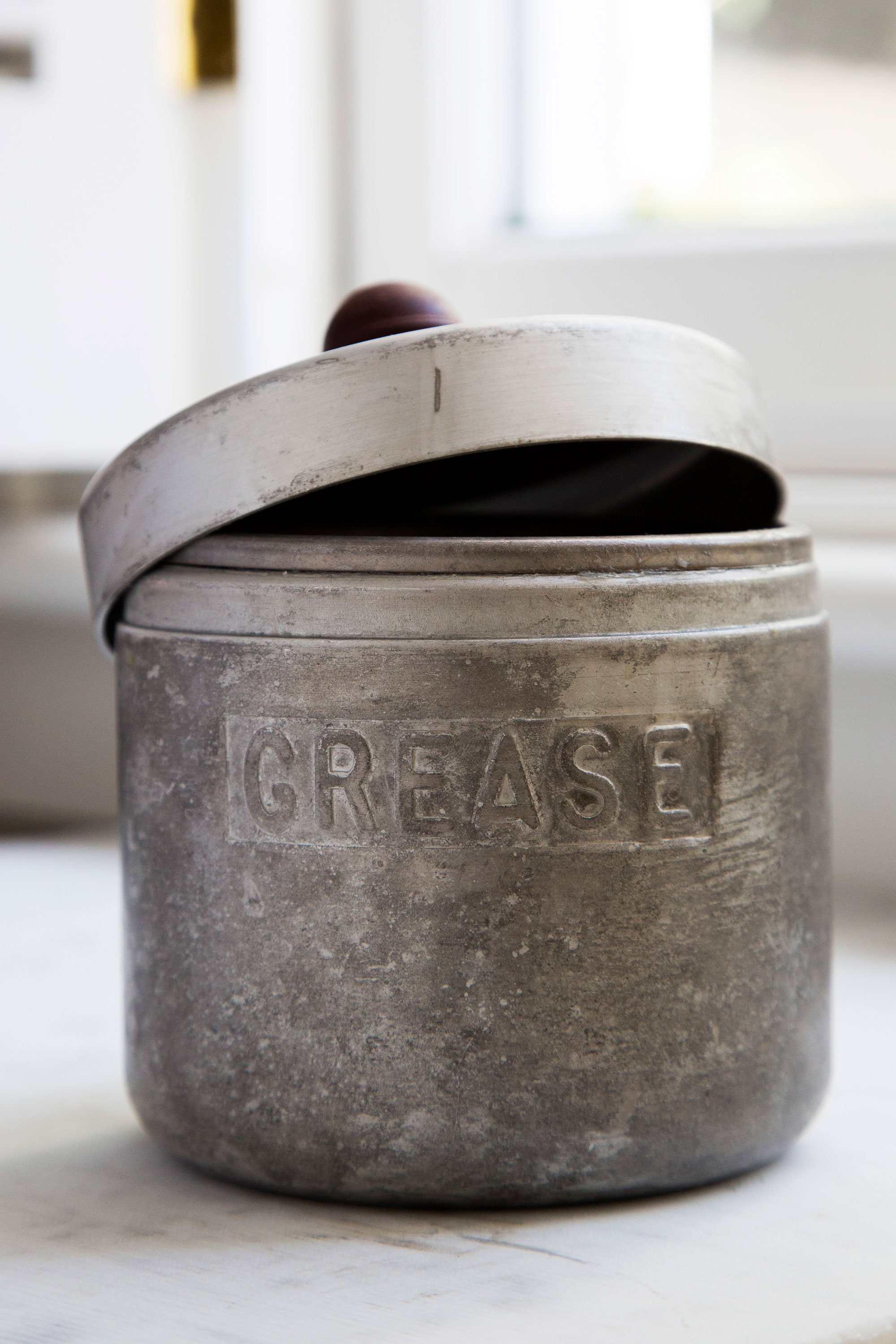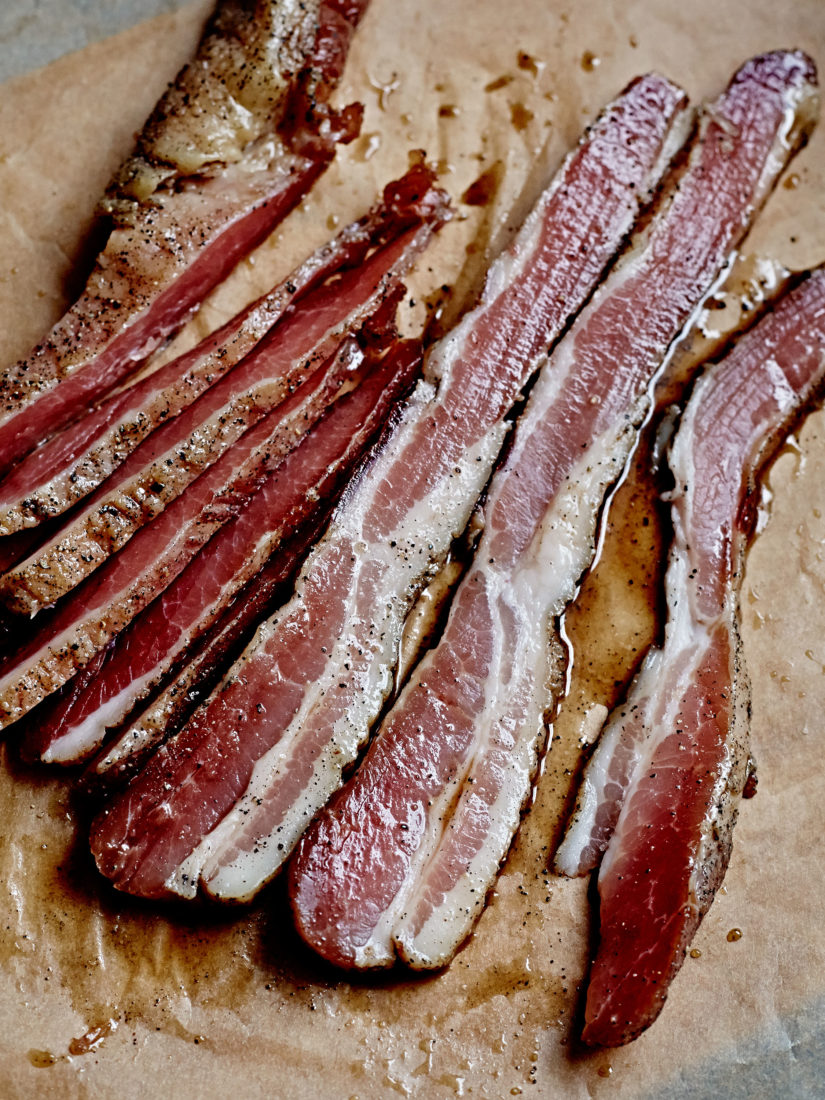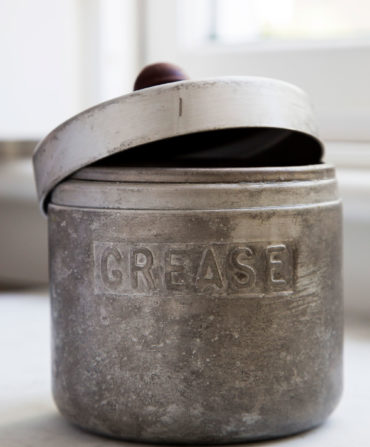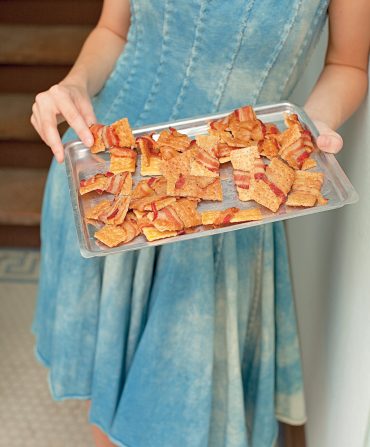Grocery stores these days are stocked with all kinds of specialty fats and oils, from fancy European butters to trendy coconut oil. But one fat you’ll have a hard time finding is one of the most fundamental to Southern cooking: the kind that slowly melts out of bacon as it sizzles in a skillet. One pound of bacon will release about 1 cup of fat when cooked, and that grease is liquid gold in the kitchen—suffusing anything you cook with rich, smoky flavor.
For many Southerners of a certain age, an emptied Folgers or Maxwell House coffee can served as the preferred bacon-grease storage vessel, kept in the cool, dark cabinet under the kitchen sink—a notion that might horrify food-safety experts, but seemed to serve Southerners perfectly well. “Back then, we didn’t need hand sanitizer, and everybody got by just fine,” says Aliza Green, the author of the excellent Field Guide to Meat, among many other cookbooks and food resources. “In fact, we were probably better off because we built up our immune systems.”

Jacqueline Stofsick
If under-sink food storage seems out of keeping with modern sensibilities, the refrigerator makes an excellent substitute. Let bacon grease cool in the skillet, then pour it through a strainer into an airtight container. Vintage grease tins, like the one shown here, are common thrift-store finds. Several kitchen-gadget companies make updated versions, like this one from Hamilton Beach. Both have built-in strainers to filter off the bits that speed spoilage. “The more pieces that are in there,” Green says, “the more likely it is to spoil.” Even when chilled, bacon grease remains soft and spreadable. “It’s a saturated fat, but it’s not a hard saturated fat, like leaf lard,” Green says. “If you think about it—belly fat is soft, so bacon grease, which comes from pork belly, is going to be soft refrigerated.”
When you’re ready to cook, there are as many options for using bacon fat as there are foods. “Corn bread, of course—anything with corn,” Green says. “Soup, beans, vegetables. Use it when browning meat for a braised dish—all the places where you want to get that smoky flavor in.”
>For seven more ideas from Southern chefs, click here.
>Naturally, we tried bacon grease in biscuits. Get the recipe here.








